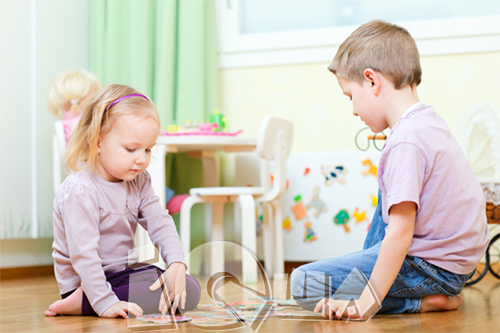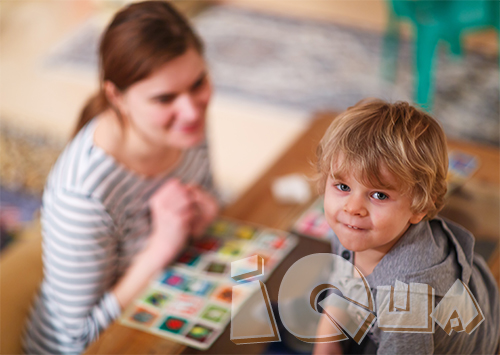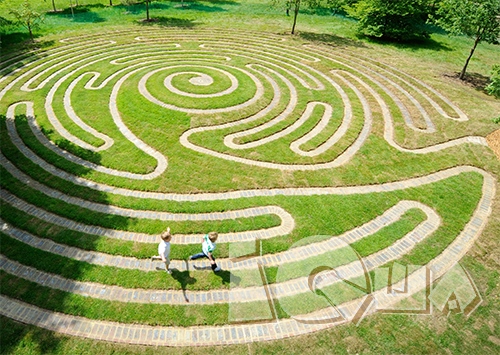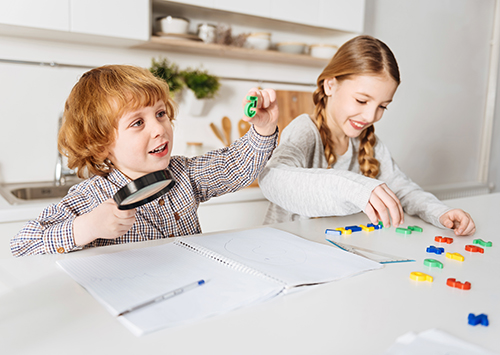 How easily does your kid learn and remember new information? Why do some children acquire knowledge in several minutes, while others need more time and efforts? It is all about memory. This magic mechanism allows us to remember, store, and reproduce a huge amount of information. The better developed the memory, the more a kid can remember. But how do you promote it and what types of memory can be developed? We answer these questions and more in the following article.
How easily does your kid learn and remember new information? Why do some children acquire knowledge in several minutes, while others need more time and efforts? It is all about memory. This magic mechanism allows us to remember, store, and reproduce a huge amount of information. The better developed the memory, the more a kid can remember. But how do you promote it and what types of memory can be developed? We answer these questions and more in the following article.
First we will specify that adults do not remember information the same way as children. When we are acquainted with something new, we try to connect it with a past experience. In this way, our memory adapts to the obtained information easier. Children perceive and remember new things objectively – without using the mechanism of association and attachment to the past. The main emphasis for activity of a child is the brighter, more interesting, and more fascinating a task or a game, then quicker and better a kid will remember the new knowledge. Therefore, the main objective of parents regarding memory development is the organization of exercises and occupations that will interest the child.
At any age, the easiest and most effective way to develop memory is by reading books, or learning verses, proverbs, and riddles. When you finish reading a chapter of a book with a child, ask the kid to retell the plot in his own words or remember what the main character was wearing, what he looked like, and what he did. Pay special attention to the sequence of events – it is necessary for a child to get used to acquiring and remembering information not chaotically, but sequentially.
A similar task can be used when viewing illustrations or reproductions. Let a child look for several minutes at a picture, and then ask them to describe in detail how many people were in the drawing, in what poses they stood, and what color were their clothes. Similar exercises promote development not only of memory, but also art perception and ability to retell.
To develop the skill of fast memory, use exercises and games based on various types of memory: visual, acoustical, tactile, and motive.
Visual memory is best to begin with once a child has started walking. Ask a child to draw where they were and what they saw. Then discuss the drawing, and specify several details by asking special questions. Another interesting way of storing of new information is correlation with objects or people. For example, a child might be confused in figures and letters. Together, try to show what the letter A is similar to - two twigs or a swing, and figure 8 – to a tumbler toy or a roll network. Binding these concepts to each other, a child not only better remember them, but will also learn to build associative arrays and correlate things and objects. You can train visual memory in our exercises «Remember the picture», «What changed», «Collect the picture».
Acoustical memory is very important when storing new words, poems, and songs. Good exercises on development of this type of memory are variations of the Listen and Remember task: a child is told an unpretentious plot of a fairy tale in which the hare went to a shop and bought a carrot, a chair, a ball, and a hat. Afterward, the kid must remember what the hare bought and list objects in the same order they were mentioned in the fairy tale. For younger children it is possible to simplify the task and list several couples of objects which are connected (a plate - a spoon, socks - boots, a ball - a racket). After you have read a chain several times, call the first word of each couple. The child's task is to remember only the second word. There are also various other exercises connected with developing acoustical memory. Ask a child to listen to the sounds made by certain objects or musical instruments, and then try to guess what they heard. For this purpose you can use glasses, wooden spoons, rubber toys, or a pan.
Tactile memory is the ability to remember objects by touch. This type of memory allows a child to penetrate into school training quicker. The most interesting game for developing the memory of touches is "Guess a subject". After blindfolding a kid, an object is put in their hand . The child's task is to guess what the thing is. It is also possible to put serially several objects, and then ask the child to list all the things in the correct sequence. This task can be complicated, by placing objects in a sack, and trying to find a certain thing among many, or remembering its color and differences from other things.
If you do every day exercises or take dancing lessons, then you develop motive memory well. Try to vary morning exercises, changing the rate of movement or adding new tasks. Let a child offer you his/her type of exercises, and repeat the exercises after him. To not be bored with morning exercises, change roles every day or try to combine exercises with telling of a fairy tale or a poem.
Memory, as well as any thought process, demands daily usage of time and forces. Your kid won't be able to remember new information all at once, but if you repeat the process as often as possible, success will be yours! It is possible to develop memory in any place: during a walk, at home, visiting friends or relatives, or before going to bed. The main thing is to make it a fascinating, bright, and interesting activity so the occupations are not associated with coercion and boredom.








